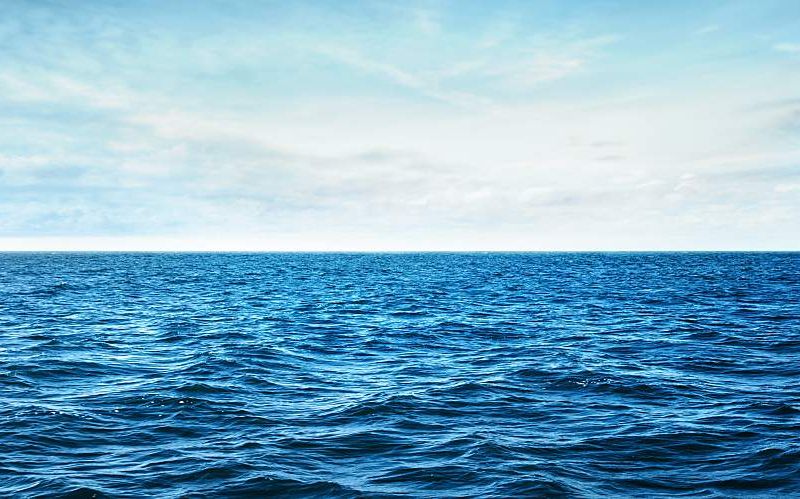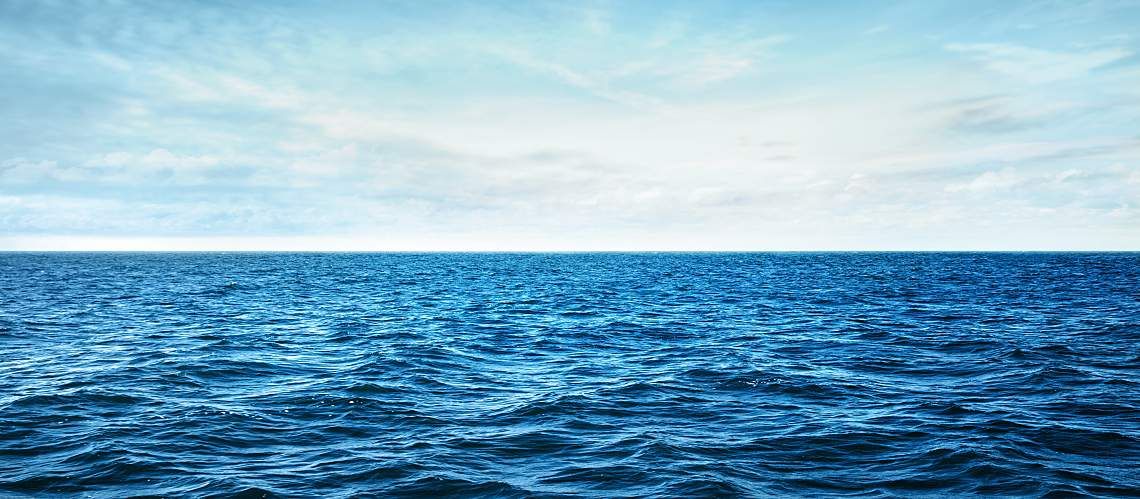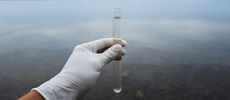Inventive Wastewater Reuse To Increase Water Systems


After treating wastewater, many coastal cities (including Boston, Seattle, and Tampa) inject this treated effluent into a nearby body of water. For instance, Tampa introduces processed water into Tampa Bay, and Boston sends its version into Massachusetts Bay.
But as growing populations use freshwater and climate change affects precipitation, more can be done with highly treated effluent. This and other treated water can have different destinations rather than being dumped into the ocean, notes University of Washington environmental professor Sally Brown.
"At treatment plants, we have a reliable source of wastewater, already treated almost to the point of drinking," says Brown. "We've got to start thinking about how to make use of this resource, water, that's so fundamental."
For instance, she notes, the graywater from washing machines or other non-sewer household sources could be repurposed for garden watering, which allows moisture to soak into the earth and return to groundwater. Likewise, families can use cistern tanks to store winter rainfall for summer gardening. And at an industry level, "If we can send reclaimed water [such as treated wastewater or gray water] back to agricultural irrigation instead of using fresh water, that's fabulous," Brown adds.
Reclamation for Drinking Water
A May 2022 study in Nature Sustainability found that the process of using treated wastewater for drinking water—or potable reuse—can be safe, energy efficient, and cost effective. In Orange County, California, with a population of 3.1 million, the Groundwater Replenishment System (GWRS) touts itself as the world's largest water purification system for indirect potable reuse. The reclamation releases water into a lake, river, groundwater aquifer, or other environmental buffer during the treatment process that later reaches drinking water quality.
Orange County's sanitation department, OC San, treats wastewater and produces water ready for purification at GWRS, instead of discharging it into the Pacific Ocean. The water is purified using microfiltration, reverse osmosis, and ultraviolet radiation, producing water that "meets or exceeds state and federal drinking water standards," according to the system website. The water is then injected into a seawater barrier (injection wells between the ocean and groundwater) and pumped to basins where it can percolate into the Orange County groundwater and supplement the area drinking water supplies.
A more direct system in arid West Texas reclaims and cleans effluent for municipal use at the Colorado River Municipal Water District, in Big Spring, between Midland and Abilene, population 26,000. The plant produces about 1.5 million gallons of reclaimed water per day by treating it with microfiltration, reverse osmosis, and ultraviolet disinfection. The treated water is then added to a pipeline that mixes it with water from area lakes and treats it using conventional drinking water cleaning techniques.
Water Reuse for Other Purposes
Other counties throughout the U.S. are finding inventive ways to reuse water. A 1.3 million square foot office building in Baltimore, Maryland—Montgomery Park—reclaims stormwater to flush toilets. Rainwater is collected from the building runoff and in drains at the bottom of a nearby street. The water is cleaned using sand filtration, then pumped to a roof cistern, where it is contained for use in the toilets.
On the campus at Colorado State University, Aspen Residence Hall applies a graywater system to flush its own toilets. Having filtered the water with chlorine, they are able to reuse it.
How Lab Managers Can Prepare
As municipalities and states figure out how and when to reuse water, water labs' testing services continue to be important. While areas experience the effects of climate change, lab managers will need to stay in the know about developments in water quality.
News on testing during extreme weather events include the importance of well water testing, meeting state regulations, and the critical nature of testing during a drought.






